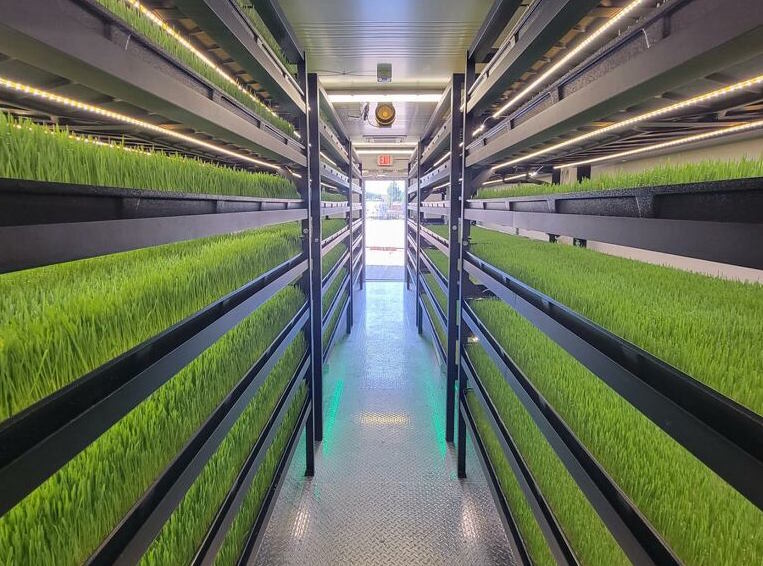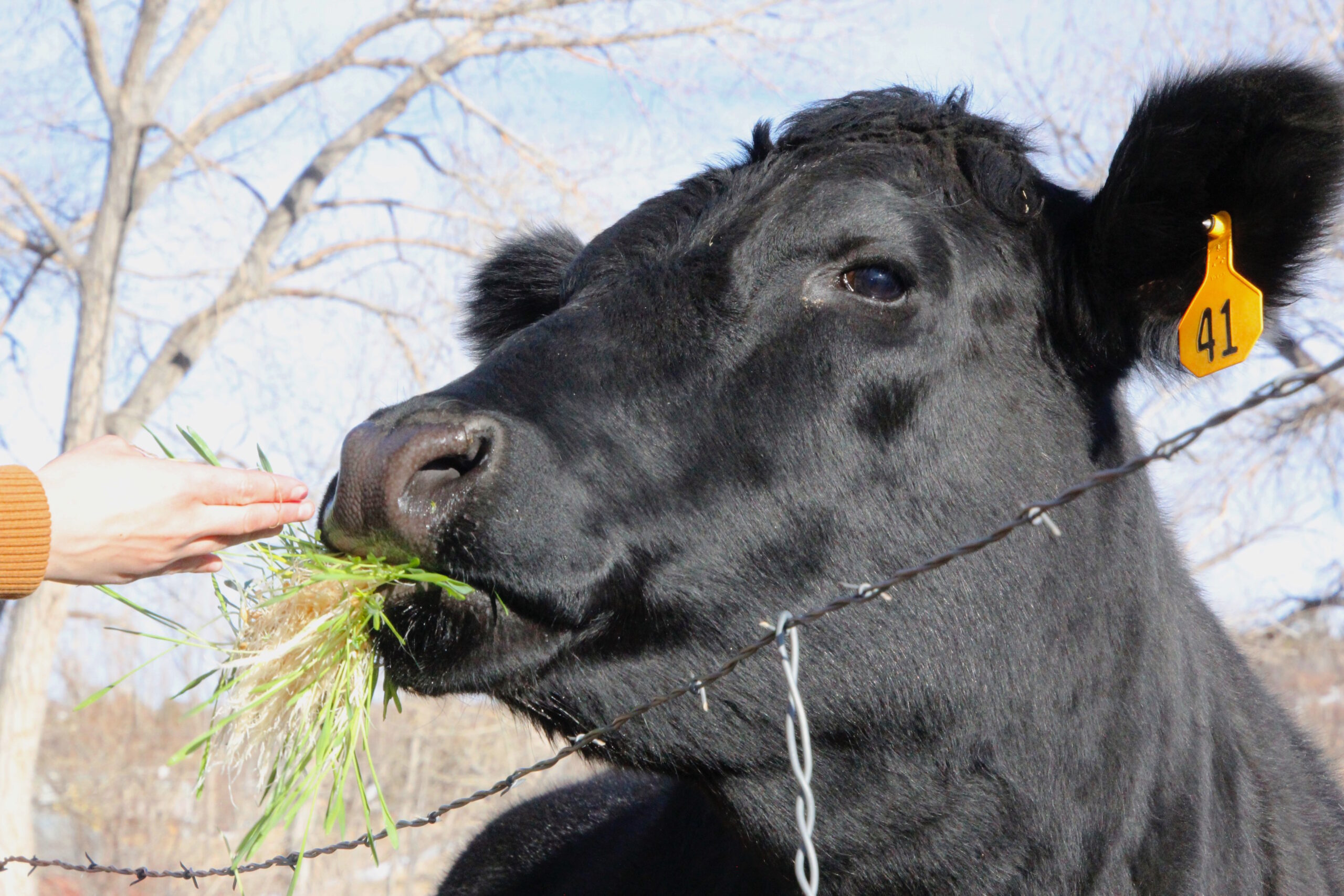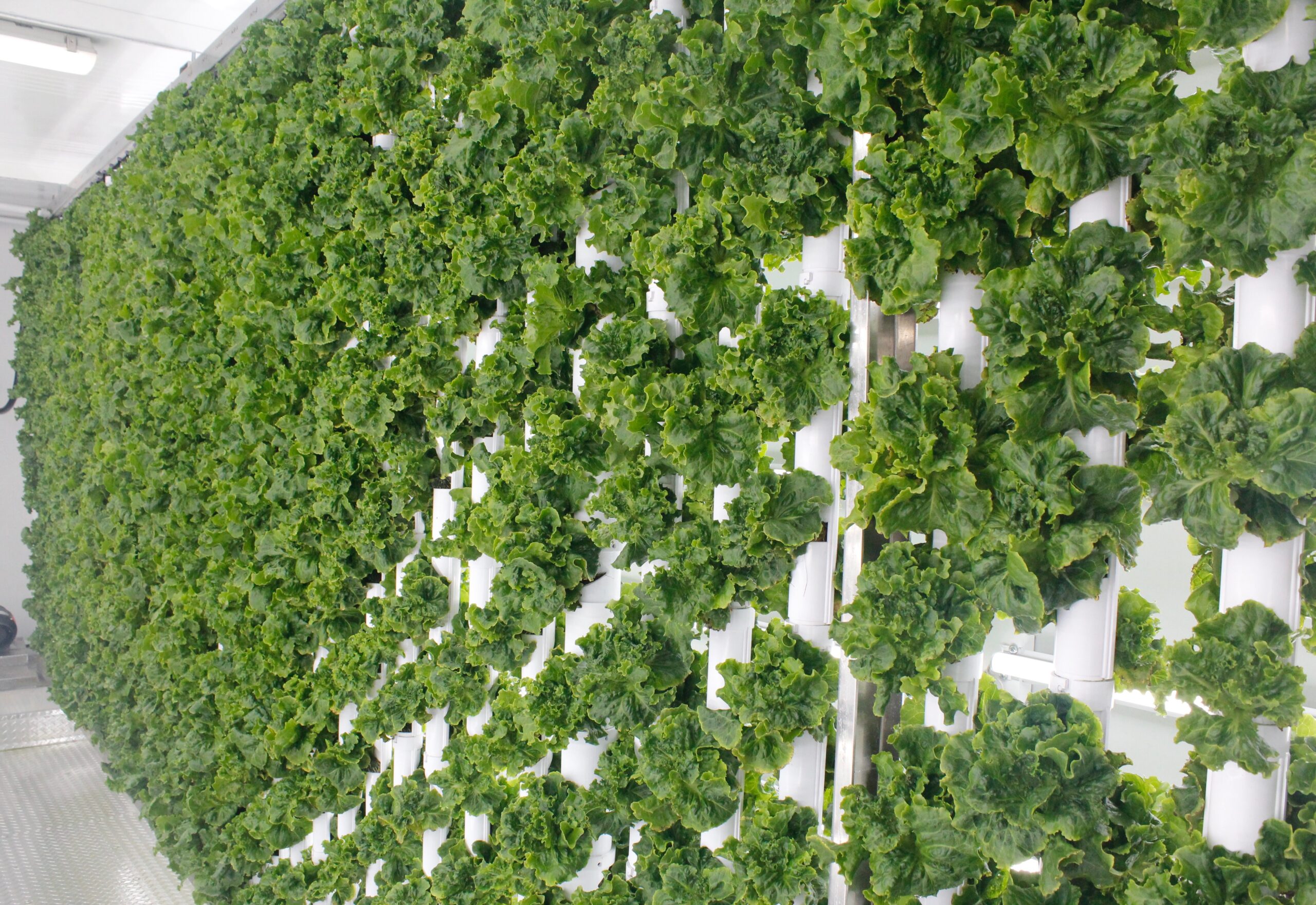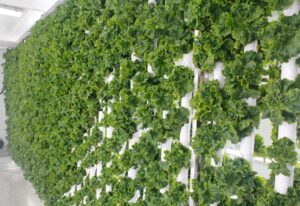
FarmBox Foods LLC is excited to announce the official launch of its Hydroponic Fodder Farm.
The company hosted a public open house on Sept. 27 at our home base in Sedalia, CO. Guided tours of the new indoor farm — the third product line offered by FarmBox Foods — were provided. Attendees also received a tour of the company’s other tech-assisted, containerized farms: the Vertical Hydroponic Farm and Gourmet Mushroom Farm.
What exactly is fodder? It’s a nutrient-dense hay that’s used as a dietary supplement for horses, cows, pigs, goats, chickens, sheep, rabbits and alpacas.
(Want to learn more about FarmBox Foods? Watch our July appearance on ABC News here)
By growing fodder on site year-round, farmers and ranchers can avoid supply chain disruptions, sourcing issues and spikes in hay prices. The controlled-climate farms provide a reliable, hyperlocal source of fresh food while shielding the barley fodder from weather and climate impacts, including drought, heat waves, freezes and floods. The farms are housed inside upcycled, insulated shipping containers outfitted with plumbing, electrical and sensors to control conditions inside. The 320 square-foot farms also capture, filter and recycle water for maximum water efficiency.
Protein-rich fodder improves the overall health of livestock, supplements hydration and adds weight to beef cattle. It also promotes the production of better-quality milk for dairy cows and goats, improves fertility rates, reduces the likelihood of illness, and decreases methane output because of its superior digestibility compared to traditional alfalfa hay.
Because barley fodder requires only a 7-day growth cycle, a staggered schedule allows farmers and ranchers to harvest around 880 pounds of fodder per day.






